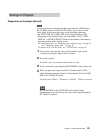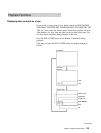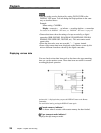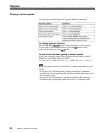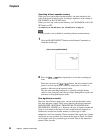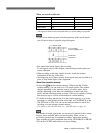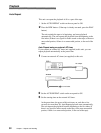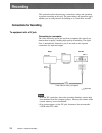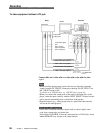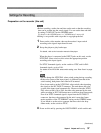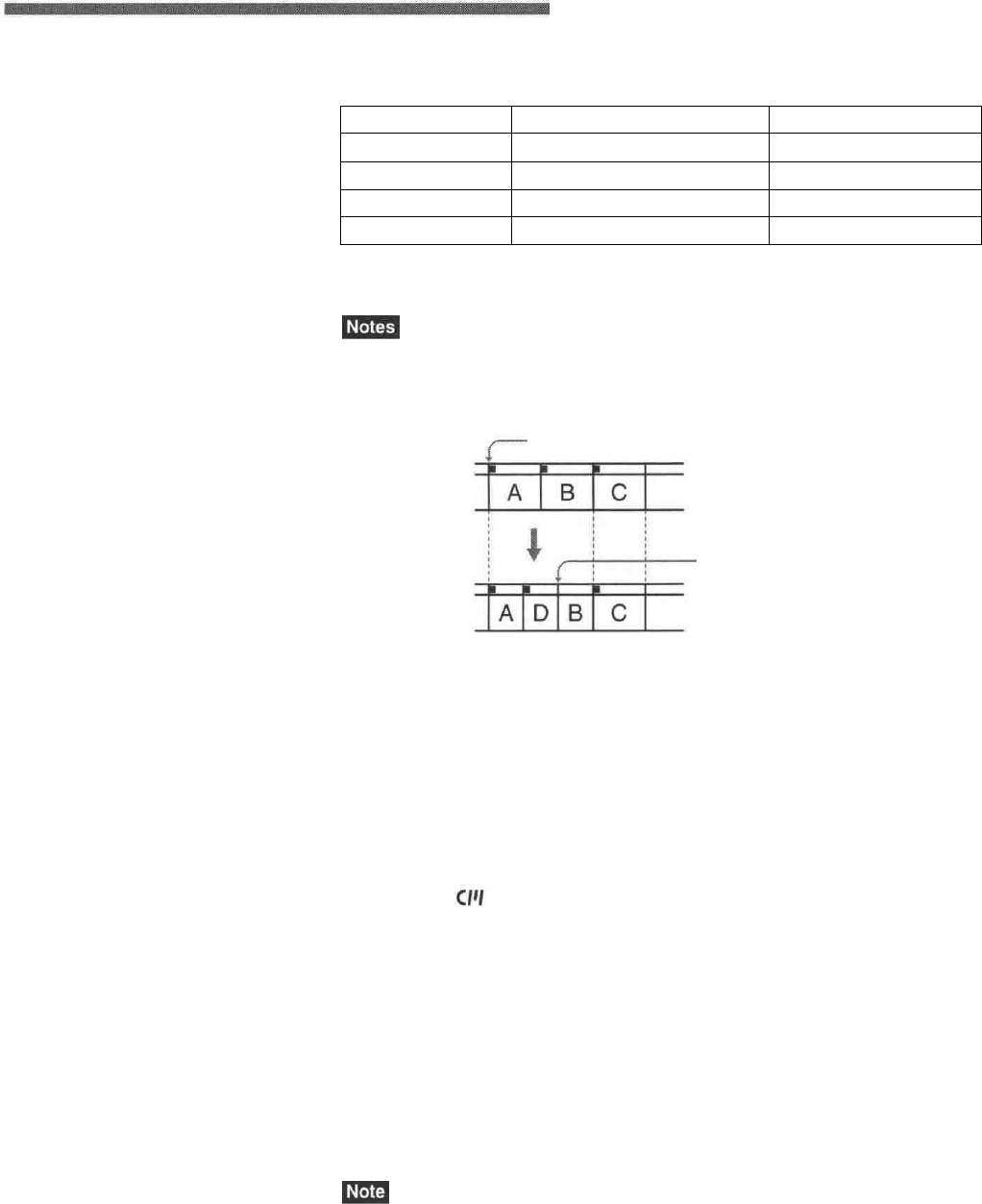
When you record on this unit
Signals for
Index search*
Title search
Date search
Photo search
In cassette memory
Yes
No
No
No
On tape
Yes
No
Yes
No
* The signals for Index search are recorded when you start recording in stop mode.
• If you record another program over the beginning of the search signals,
you will not be able to locate the original program.
Search signal
If D is recorded
over the beginning of B...
B cannot be
searched for
•You cannot add search signals after recording.
To add signals only for Auto Repeat, start recording from the point you
want to add them.
• When recording on this unit, signals for index search do not have
information on the day of the week.
• Searching may not be done correctly if the signals were not recorded on a
piece of Sony-brand digital video equipment.
About the cassette memory
•A tape with mark has cassette memory. When using the 16 kbits
cassette memory, you can store up to 135 search signals. (The number
changes depending on the memory capacity of various tapes. It also
changes depending on the data size combination of index, title, date,
photo, and tape label data stored on a tape.) This unit is capable of storing
and retrieving up to 16 kbits of information in cassette memory.
• To locate recordings that did not fit in the cassette memory, or to locate
recordings in order of their position on the tape, set CM SEARCH on the
CM SET menu to OFF. You can use the same procedure to search for a
recording on a tape without cassette memory.
For details on the CM SET menu, see "CM SET menu" on page 46 .
The number of search signals that you can record is limited by the cassette
memory space available when you start recording. When you use a
previously recorded tape for repeated recordings, make more memory
space available by erasing unwanted items using ITEM ERASE or ERASE
ALL on the CM SET menu before you start recording.
Chapter 2 Playback and Recording
31



